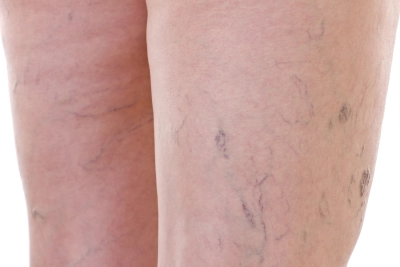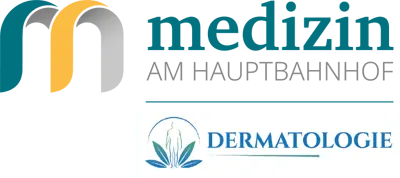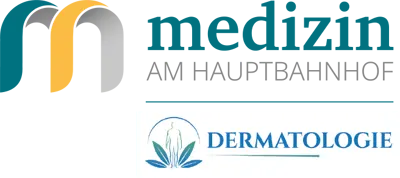VARICOSE VEINS
 HEAVINESS OR CRAMPS IN THE LOWER LEG? VISIBLE SPIDER VEINS? IT COULD BE VARICOSE VEIN DISORDER. WHY IS IT IMPORTANT TO HAVE A MEDICAL EVALUATION AND WHAT CAN YOU DO ABOUT IT?
HEAVINESS OR CRAMPS IN THE LOWER LEG? VISIBLE SPIDER VEINS? IT COULD BE VARICOSE VEIN DISORDER. WHY IS IT IMPORTANT TO HAVE A MEDICAL EVALUATION AND WHAT CAN YOU DO ABOUT IT?
Photo: © gwolters - stock.adobe.com
-
What are varicose veins? How do they develop?
-
What symptoms are there?
-
How are varicose veins diagnosed?
-
What treatments are available?
What are varicose veins? How do they develop?
Varicose veins are dilated, superficial veins that usually appear on the legs. They are more than just an aesthetic problem. They develop when the veins are overworked, and the venous valves no longer function properly. Weak veins and inefficient venous valves prevent healthy, undisturbed blood flow. Blood builds up in the vessels, the veins expand under the increased pressure and become visible under the skin. Varices are therefore a sign of venous weakness or a disease in the venous system itself.
What symptoms are there?
Depending on the severity of the condition, possible complaints are swollen legs, cramps or a feeling of heaviness and tension in the legs. Skin discoloration can develop over time, and, if the condition remains untreated, further complications such as lower leg ulcers and inflammation can also occur.
How are varicose veins diagnosed?
Before a treatment can be decided upon, a detailed diagnosis is important. For a precise diagnosis, in addition to a detailed medical history and clinical analysis, an ultrasound examination (duplex sonography) and further functional tests are carried out. The ultrasound allows us to study the veins in the legs, to check how they are allowing the blood to flow and to examine how the venous valves are working. We also use Photoplethysmographie to evaluate the deep veins. Then a diagnosis can be determined. Please allow around 45-60 minutes for the venous testing and ultrasound.
Book your appointment in Vienna with us now.
What treatments are available?
There are various methods available for the treatment of varicose veins, depending on their characteristics and exact location. These include a) foam sclerotherapy, in which a sclerosing agent is injected into the leg or the vein to be treated, which leads to the obstruction of the vessel and ultimately to its destruction by the body, and b) radiofrequency ablation, in which the vein is accessed using ultrasound, and heat is then used to damage tissue, causing scar tissue to form, which then closes the vein. The vein can also be surgically removed.
If pathological varicose veins are ruled out, unsightly spider veins can be cosmetically removed.



